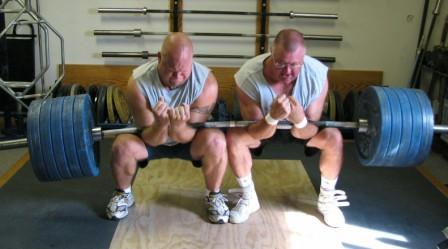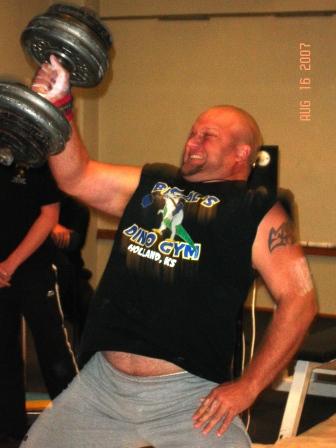Sad News from the Strength Journal
(I just received the Strength Journal, published by Bill Clark, and learned of the death of two all-round weightlifters. The following is from the Strength Journal).
by Bill Clark
Word comes to us well after the fact that Cleveland’s Bob Cox has died. I have no obituary to pass along to the membership. If anyone has such, please get it to me. Bob was an active lifter until knee replacement put him on the sidelines. He was 84 years old and a major contributor to the Journal. He was a training partner with Fred Kwast, Howard Prechtel, and many other Cleveland lifters dating back to World War II.
Kevin Heavner, who still holds the Mansfield Lift record, died recently at age 52. He lived in Columbia, trained in his garage, and dropped out of Olympic competition years ago. He was an excellent Olympic lifter with a chance to be a national class competitor, but chose to lift for fun. He lived no more than five minutes from Clark’s Gym and occasionally dropped by to check if anyone had broken his Mansfield record, but chose to train at home. Death was sudden. He seemed to be in excellent health. Some of his weights have been donated to our gym. Kevin was one of those folks about whom Ring Lardner once wrote – “The World of Men Who Might Have Been” – but he was happy with his place in life and in lifting.


